Introduction
Understanding Jewelry Terminology
For anyone new to the world of jewelry, navigating the variety of terms used can be overwhelming. Whether you’re an aspiring designer, a buyer, or someone looking to create your own jewelry line, understanding jewelry terminology is essential. It helps you make informed decisions, ensuring that you know exactly what to expect from a product. This post will break down some common terms in jewelry, making them easier to understand and apply.
Understanding Jewelry Terminology
To begin understanding jewelry terminology, it’s important to know the different types of metals used. Common metals include gold, silver, platinum, and stainless steel. Gold jewelry comes in various forms, such as solid gold, gold-filled, or gold-plated. Solid gold is pure gold, while gold-filled has a thick layer of gold bonded to a base metal. Gold-plated jewelry has a thin layer of gold, which makes it more affordable.
Finishes refer to the surface treatment of the metal. A polished finish means the metal is shiny and reflective, while a matte finish has a more subdued, non-reflective surface. Oxidized finishes create a darker, antique look by applying a chemical treatment to the metal.
Understanding Jewelry Terminology
When discussing jewelry, understanding gemstones is crucial. Precious gemstones include diamonds, rubies, sapphires, and emeralds. Semi-precious stones, such as amethyst or topaz, are often more affordable but still add beauty to a piece.
In understanding jewelry terminology, knowing different gemstone cuts is important. A “cut” refers to how a stone is shaped and faceted to enhance its brilliance. Common cuts include the round cut, known for its sparkle, and the princess cut, which is square and modern. There are also marquise, oval, and cushion cuts, each offering a distinct look to jewelry pieces.
Understanding Jewelry Terminology
The setting in a piece of jewelry refers to how the gemstone is held in place. Popular settings include prong, bezel, and pave. A prong setting uses small metal claws to hold the stone, allowing more light to pass through it. Bezel settings, on the other hand, surround the stone with metal, providing a sleek and protective frame. Pave settings involve multiple small stones set closely together, creating a continuous line of sparkle.
When understanding jewelry terminology, it’s also helpful to know about mounts. A mount refers to the part of the jewelry where the stone is placed, like the band of a ring or the pendant in a necklace.
Understanding Jewelry Terminology
Jewelry clasps are essential for securing necklaces and bracelets. A common type is the lobster clasp, which is easy to operate and durable. There’s also the spring ring clasp, a round clasp with a small spring mechanism. Magnetic clasps are convenient and snap together easily, making them popular for everyday pieces.
Earrings come with various types of backings. For example, stud earrings often use butterfly backings, while hoop earrings typically feature latch backings. These components play a key role in comfort and security, so understanding jewelry terminology in this area helps you choose the best options for your needs.
Understanding Jewelry Terminology
The terms “carat” and “karat” are often confused but refer to different aspects of jewelry. Carat (ct) measures the weight of gemstones. For instance, a one-carat diamond weighs 0.2 grams. Larger carat sizes generally increase the value of a gemstone.
Karat (k) measures the purity of gold. Pure gold is 24 karats, but since pure gold is too soft for most jewelry, it’s often mixed with other metals. For example, 18k gold is 75% pure gold and 25% other metals, making it more durable.
Conclusion
Bringing Creative Visions to Life
By understanding jewelry terminology, you can make more informed choices, whether you’re designing, purchasing, or discussing jewelry. Knowing the difference between metal types, gemstone cuts, and settings helps you select pieces that suit your style and preferences. With this knowledge, you’ll feel more confident navigating the intricate world of jewelry, appreciating its beauty and craftsmanship at a deeper level.
Create Your Design
Related Posts
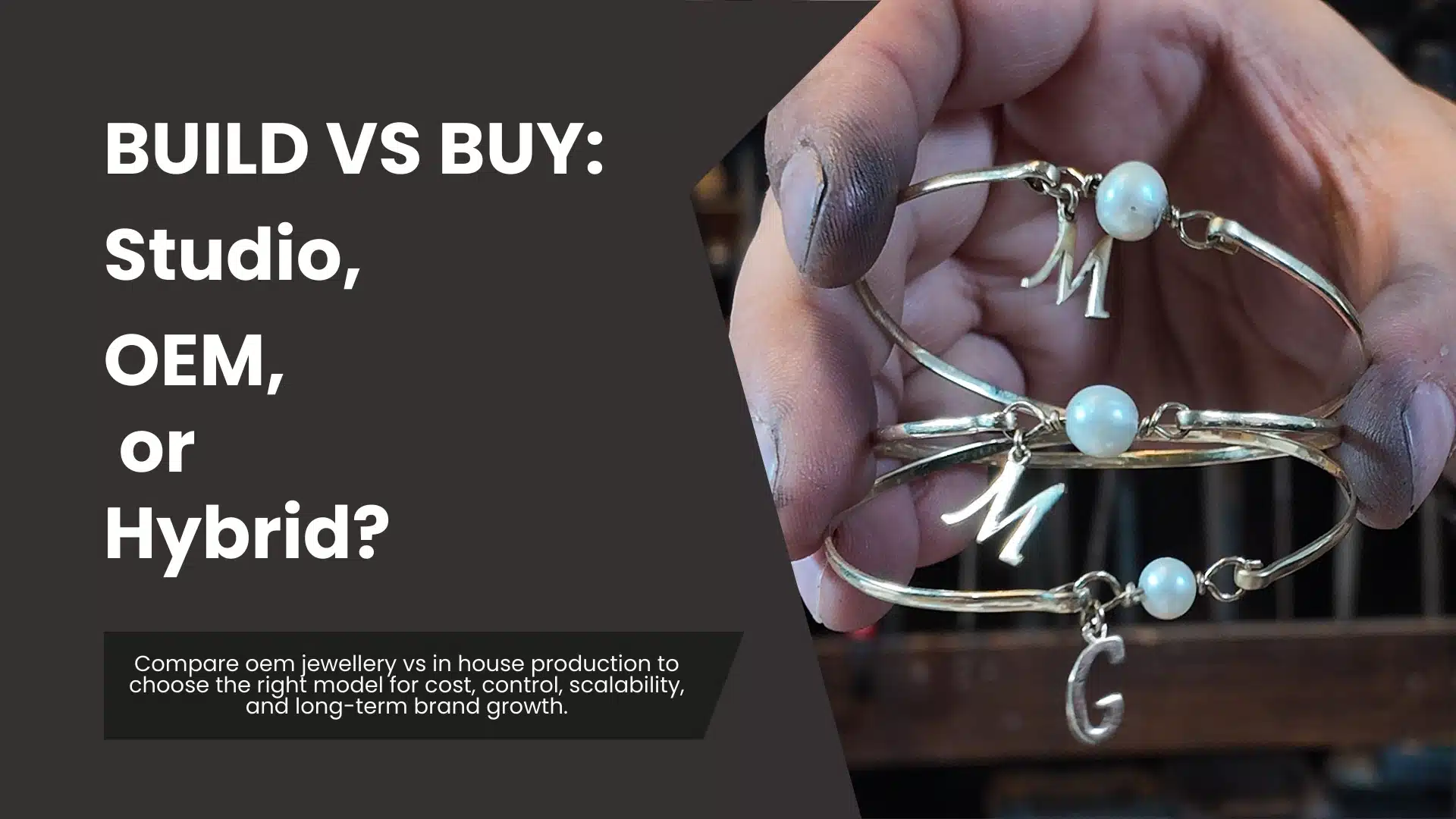
Build vs Buy: Studio, OEM, or Hybrid?
Every growing jewelry brand eventually faces a major decision: should you build everything in-house, outsource to an OEM partner, or combine both models? This question goes far beyond cost. It affects quality, speed, flexibility, and brand control. Understanding oem jewellery vs in house helps brands choose a structure that supports long-term growth, not just short-term production.
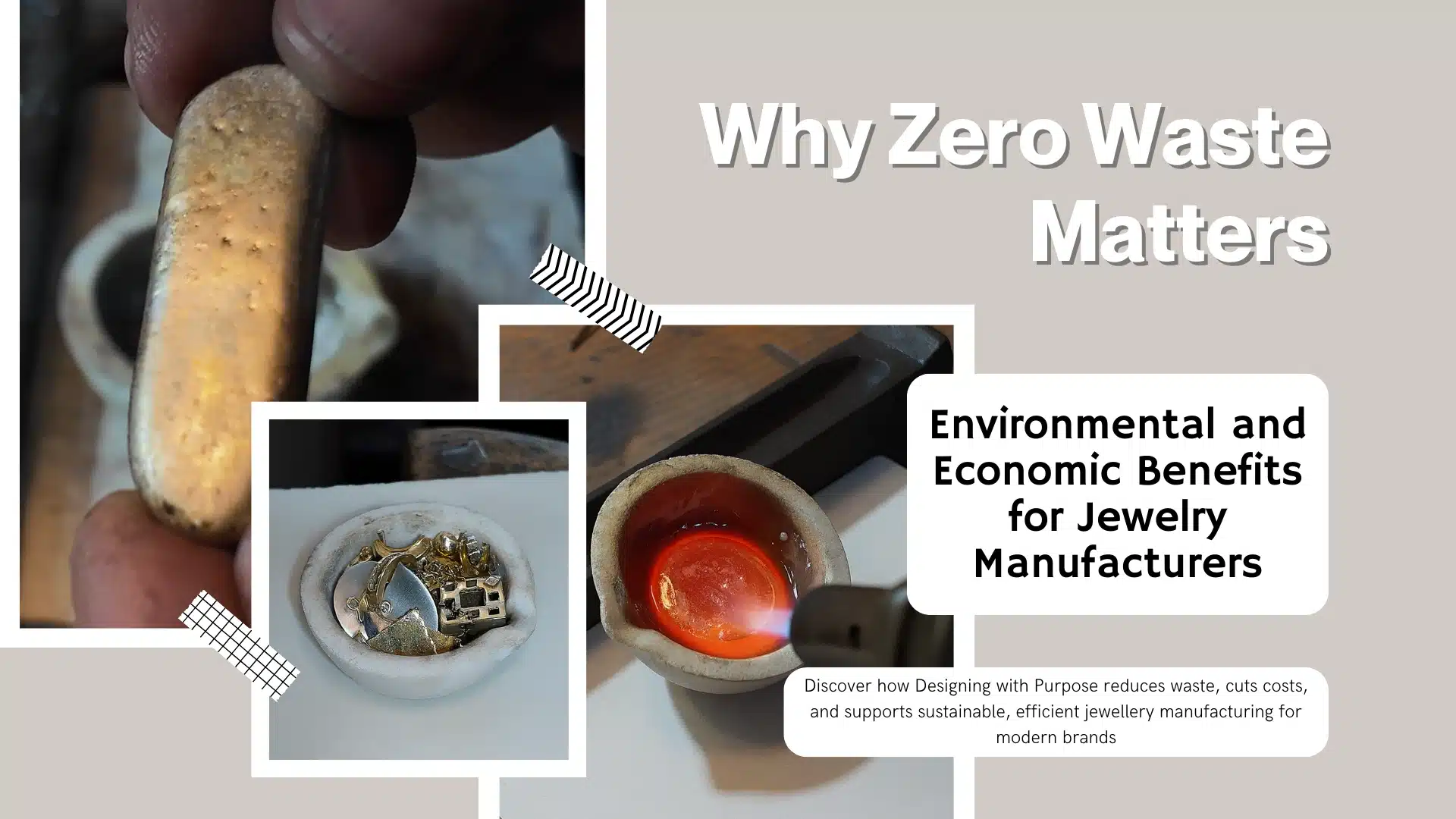
Why Zero Waste Matters: Environmental and Economic Benefits for Jewelry Manufacturers
Today’s jewelry industry faces growing pressure to act responsibly. Materials, methods, and waste management all shape how brands are perceived and how efficiently they operate. This is why Designing with Purpose has become a leading principle. Zero-waste thinking is no longer a niche trend but a practical and ethical approach that benefits both the planet and the manufacturer.
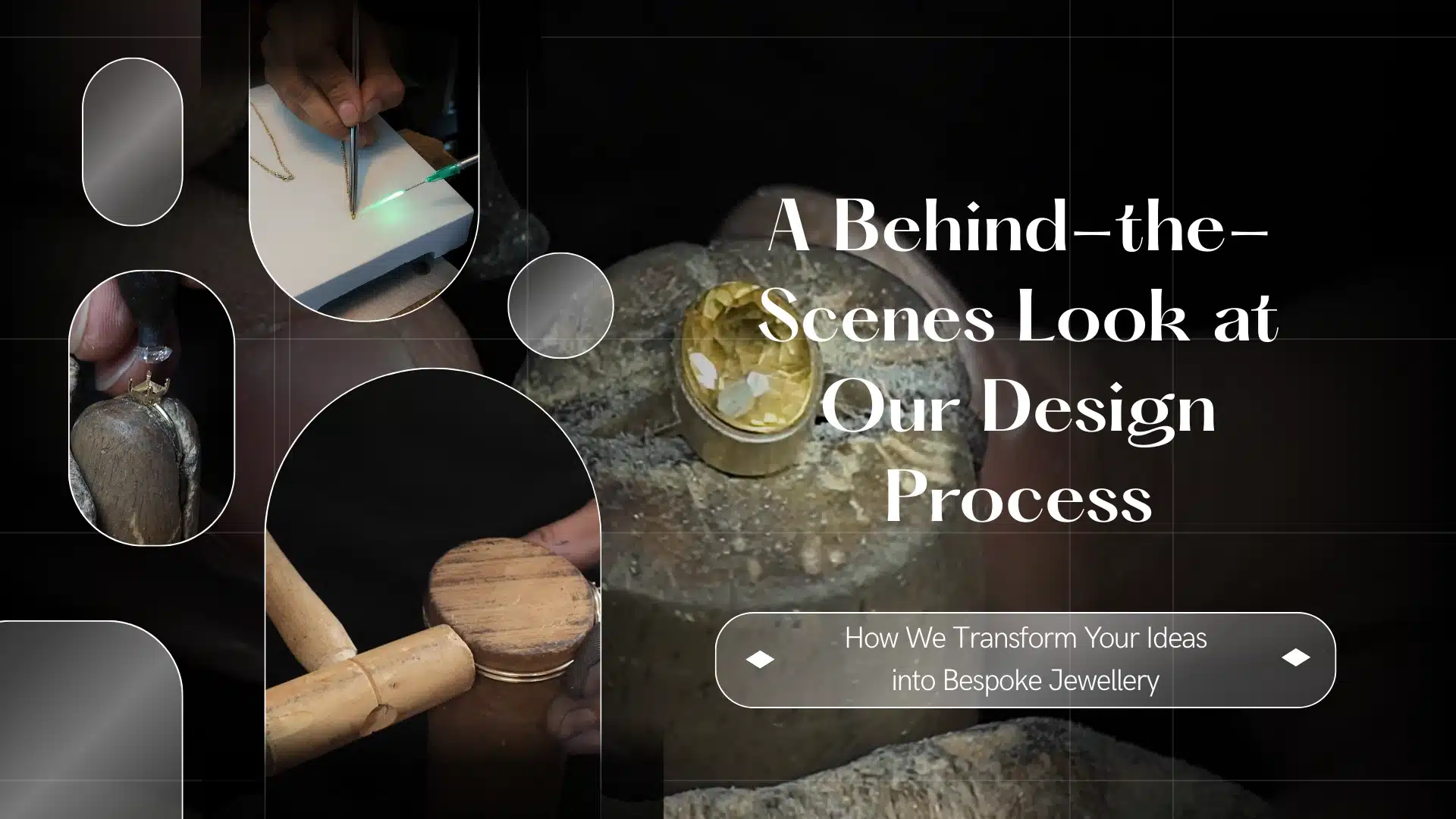
How We Transform Your Ideas into Bespoke Jewellery: A Behind-the-Scenes Look at Our Design Process
Every custom piece begins with a story—your story. A memory, a moment, or a personal vision becomes the foundation for something meaningful. This is why understanding how the bespoke jewellery creation process explained matters. When clients see how ideas turn into finished pieces, they gain confidence, clarity, and a deeper connection to the jewellery they will wear for life.
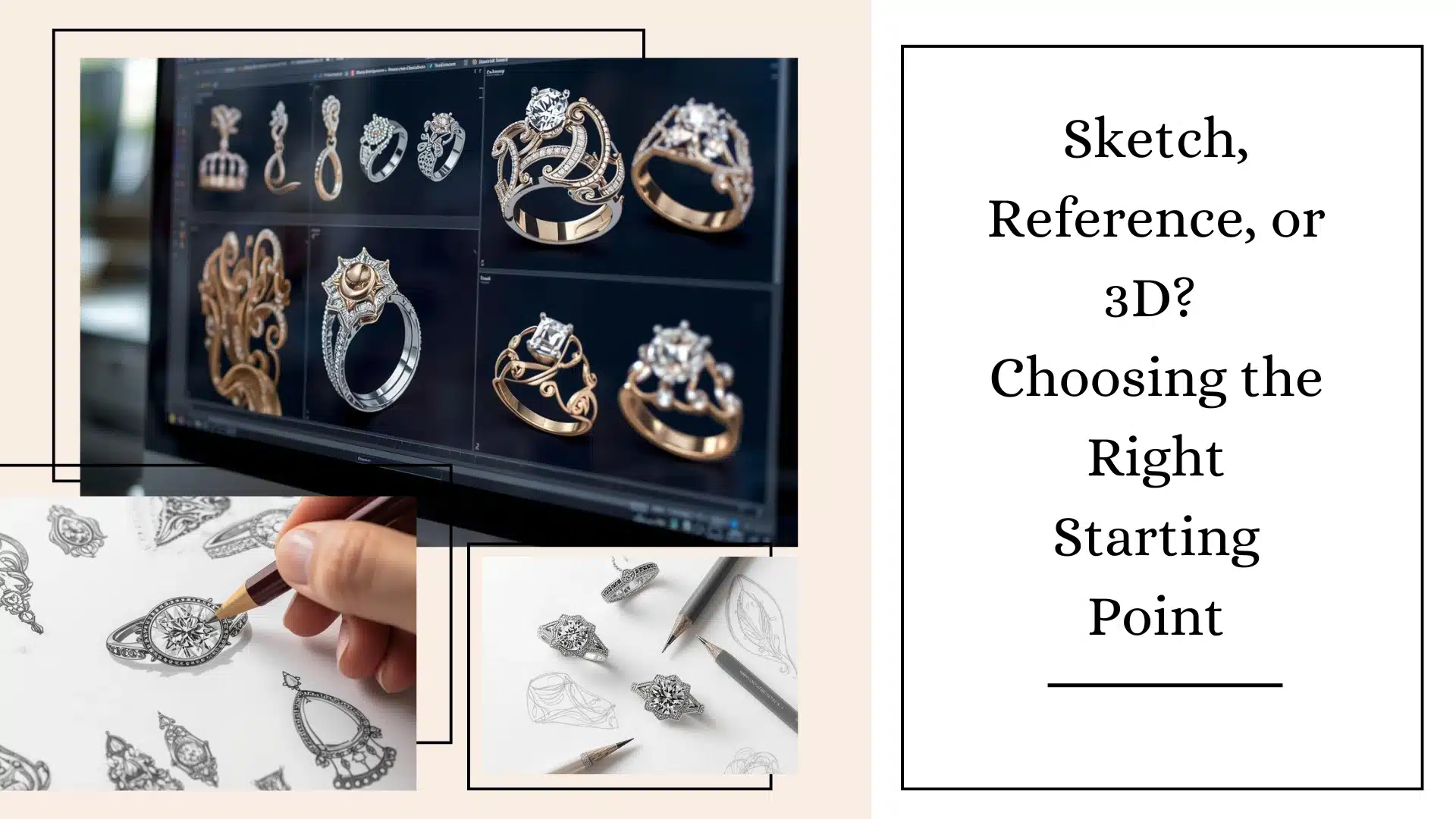
Sketch, Reference, or 3D? Choosing the Right Starting Point
Every jewelry piece begins long before metal touches fire. The earliest stage—where ideas take form—decides the direction, complexity, and emotional identity of the final product. This is why jewellery concept development matters so much. Whether starting with a quick sketch, a visual reference, or a detailed 3D model, the right beginning influences every stage that follows.
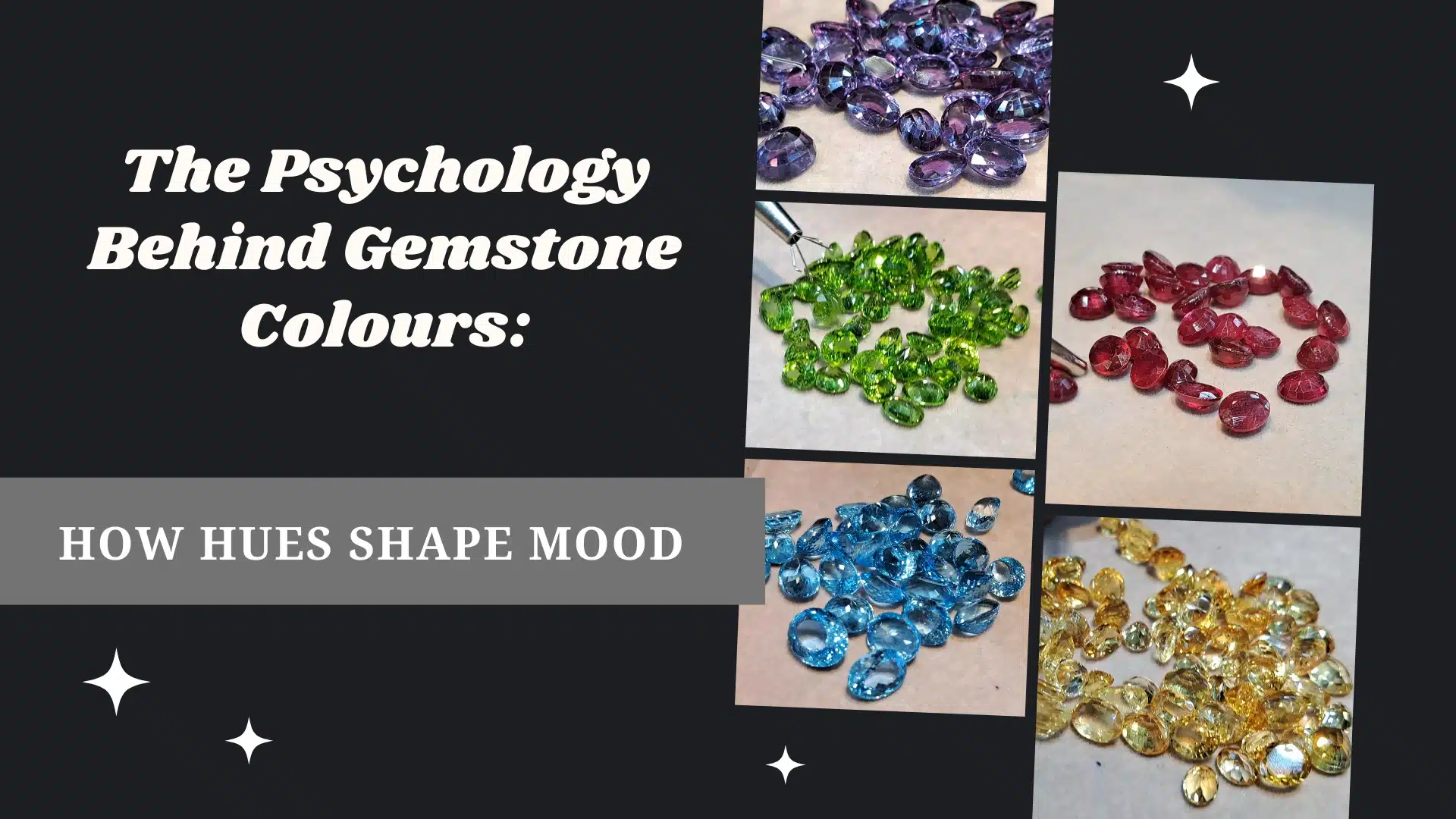
The Psychology Behind Gemstone Colours: How Hues Shape Mood
Colour plays a central role in how we experience the world. In jewelry, colour becomes even more meaningful because it sits close to the skin and travels everywhere with us. Understanding gemstone colour psychology reveals how different hues influence emotions, shape personal energy, and connect us to deeper symbolism. Each gemstone communicates a specific feeling through its shade, brightness, and tone.






